|
|
|
THE MINT CHRONICLES
The Anatomy |
|
(Fig.A) |
The leaves in this family have a wide range of shapes from lance-shaped (lanceolate) to ovate, and obovate to heart (cordate) or kidney shaped (reniform).(Fig.B) |
 | 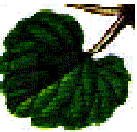 | 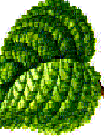 |
(Fig.B left to right - ovate, obovate, reniform, and cordate) |
The margins (edges) of the leaves also vary greatly as is illustrated in Fig.B. The margins
in Fig.B from left to right are; crenate(scalloped), entire (smooth), deeply crenate, and dentate (toothed). |
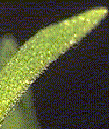 |  | 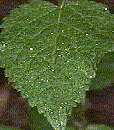 |
(Fig.C) |
The leaf and stem surface on a number of species may exhibit fine hairs and can range from lightly hairy, to wooly in appearance. The arrangements of leaves on the stems are generally of two types; opposite, and whorled. In instances where the arrangement is whorled, there will be from 3-10 leaves in the whorl.(Fig.D) |
| 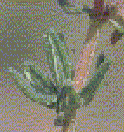 |
(Fig.D) |
The flowers come in a variety of colors, with the purples or lavenders being the predominant color, and white being the less frequent of all. Many species have solid color blooms and others may have strips of spots. The blooms of this family are unique in that they have an upper and lower lip. These lips can vary between genera and species as to whether the bottom lip is two or three lobed. There are also differences in the lengths of the anthers. Examples of these features can be seen in (Fig.E) |
| 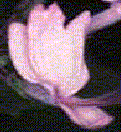 | 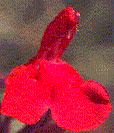 | 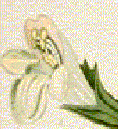 | >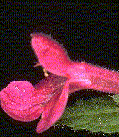 |
(Fig.E) |
| BACK | NEXT |
| ©BOTRESEARCH USA 1998-2013 |